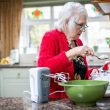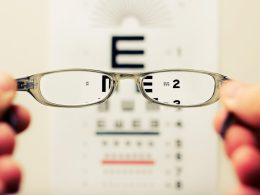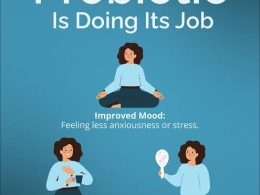“Are you looking to stay strong and healthy as you age? Building muscle and bone strength is essential for maintaining your mobility, independence, and overall health. But where do you start? Fear not! In this blog post, we’ll explore the top exercises and nutrition tips for building strong bones and muscles so that you can enjoy a happy, healthy life well into your golden years.”
Bone Health and Exercise
Bone health and exercise are two important factors when it comes to keeping our bodies healthy as we get older. Bone health is essential for strength and flexibility, mental well-being, and overall physical function.
When it comes to bone health, exercise is a critical component. Research has shown that regular exercise can help strengthen bones and reduce the risk of bone fractures. Exercise also helps improve bone density and reduces the risk of osteoporosis. However, not all exercises are effective in building strong bones. Here are five exercises that are especially beneficial for bone health:
1) Weight-bearing exercises like walking, running, stair climbing, and weightlifting specifically target the bones and muscles around your feet and ankles. These activities increase the load on your skeleton which helps build strong bones and muscles.
2) Aerobic exercises like swimming, biking, elliptical trainer, dancing aerobic classes etc increase blood flow to the entire body which helps improve overall bone health by increasing appetite for calcium and other minerals needed for bone growth & maintenance (including vitamin D).
3) Resistance training also provides great benefits for building strong bones & muscles including increased muscle mass & strength; improved balance; reduced joint pain; stronger connective tissue; better posture; improved breathing habits; among others. It’s important to find an effective resistance training routine tailored specifically to your needs & fitness level. Some general guidelines include: aiming to do 3-5 sets of 8-12 reps with moderate/high
Muscles and Nutrition
Building strong bones and muscles is critical for healthy aging. Muscles act as an internal scaffold to support the skeleton, and they provide strength, power, and mobility. Here are exercises and nutrition tips for building muscle and minimizing bone loss:
1. Strength-training is the best way to build muscle. Resistance training (i.e., weightlifting) results in increased bone density and strength, which can help maintain skeletal health as you age. For optimal results, aim to complete moderate-intensity workouts at least three times per week.
2. Eat a balanced diet that includes protein and fiber. Both of these nutrients have been shown to promote skeletal health by promoting absorption of minerals like calcium and magnesium, which are essential for bone formation. Additionally, fiber can help reduce the risk of developing obesity or chronic diseases such as heart disease and type II diabetes, both of which can damage bones.
3. Limit sugary drinks and foods high in sugar content. Sugary drinks containempty calories that can quickly add up over time if consumed on a regular basis. Similarly, sugary foods can increase your risk of developing obesity or chronic diseases such as heart disease and type II diabetes, both of which can damage bones. Struggling to avoid these types of foods? Consider using natural sweeteners like honey or stevia instead!
The Importance of Supplementation
Supplementation is essential for healthy bones and muscles. When you combine exercise with a well-rounded diet, you help keep your body strong and flexible as you age. However, the best way to get the most out of supplementation is to consult with a doctor or fitness professional before starting any new program. Here are some key nutrients and exercises that can help build strong bones and muscles:
1. Calcium: One of the most important nutrients for bone health is calcium. This essential mineral helps to form bones and teeth, maintains muscle function, and helps blood vessels function properly. Getting enough calcium through food or supplements can be difficult as many people don’t eat enough dairy products or other sources of calcium. Some good sources of calcium include fortified foods such as cereal, soy milk, cereals with vitamin D added, tofu, legumes (beans), green vegetables including leafy greens, and low-fat dairy products. To maximize absorption of calcium from dietary sources, try to consume them with food rather than on their own.
2. Vitamin D: Another key nutrient for bone health is vitamin D. This vitamin helps the body absorb calcium and phosphorus from food which can help make up for inadequate intakes throughout the day. Vitamin D comes from sun exposure (through synthesis in the skin) or from dietary intake (found in fatty fish, fortified foods such as cereal or yogurt). The Institute of Medicine recommends at least 600 IU (International Units) per day for adults aged 19-70 years old
Conclusion
As we age, our bones and muscles become increasingly fragile. In order to keep our bodies healthy as we get older, it is important to incorporate exercises and a balanced diet into our routine. By following these tips, you can help your body maintain its strength and flexibility well into old age. Thank you for reading this article!












